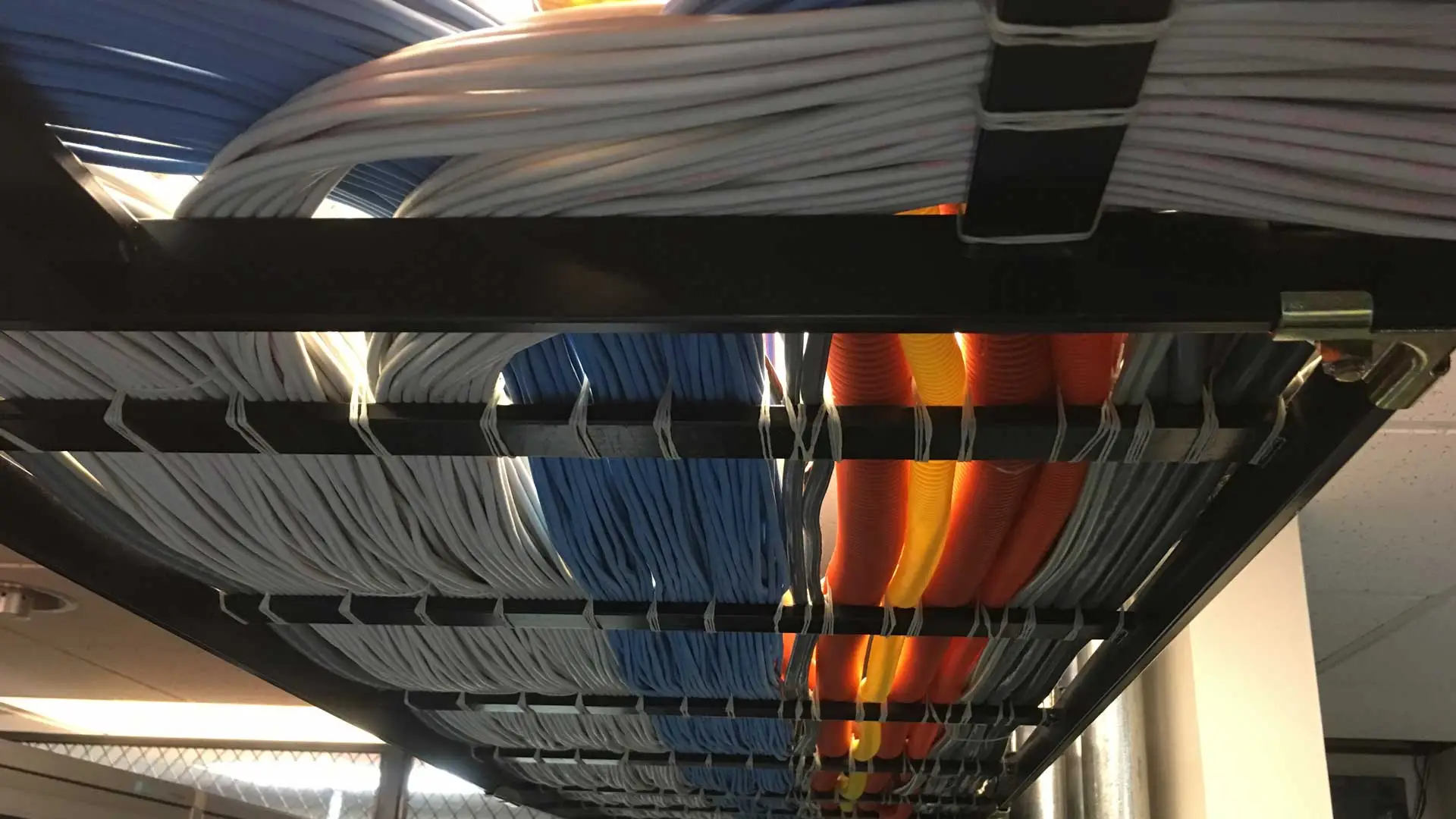
Insight
Check here for information regarding cloud services, colocation, virtual desktop offerings

Check here for information regarding cloud services, colocation, virtual desktop offerings
Dell’s survey on enterprise benefits from repatriation provides valuable insights that we will examine in detail. We’ll also look at success stories showcasing real-world examples of companies gaining substantial benefits through migration back to on-premises or hybrid solutions.
Furthermore, we will emphasize the importance of a consistent cloud experience across platforms using unified management tools to achieve operational efficiency. Lastly, our discussion will focus on customized solutions based on business needs by assessing the suitability of applications for repatriation and weighing tradeoffs in decision-making processes.
By understanding these factors surrounding cloud repatriation benefits, you can make informed decisions about your organization’s optimal infrastructure strategy moving forward.
Cloud repatriation is the process of moving applications and workloads from a public cloud provider back to on-premises infrastructure, private clouds, colocation facilities, or another public cloud to optimize IT infrastructure.
Data centers have secure facilities that are designed explicitly to support critical infrastructure and computing equipment. They’re designed to offer high-speed connectivity to ensure accessibility, all while making sure that hardware and other infrastructure are suitably protected from theft or unauthorized handling.
By choosing the right data center, you can also access colocation services. With colocation, MSPs have a place to house their own servers or customer equipment safely and securely, all while placing their technology in an environment that offers superior connectivity and ample security.
When an MSP partners with a data center, effective backup management and redundancy are far easier to achieve. Data centers can provide backup-related services, ensuring critical data is appropriately safeguarded and easier to recover should disaster strike.
Additionally, data centers can provide a pathway for redundancy. Redundancy ensures that a single system failure doesn’t take an MSP or its customers entirely offline, providing solutions that support business continuity.
MSP customers have expectations regarding asset accessibility. If an MSP fails to provide near 100% uptime – with five nines typically being viewed as the gold standard – they’ll likely lose customer and contracts, as well as harm their reputations.
By partnering with a data center, ...
Edge computing is shaking up the data center industry, shifting the focus from centralized systems to distributed architectures. This transformation primarily hinges on processing information at its source – and in real-time.
So, how does edge computing turn traditional infrastructure models upside down? It’s all about proximity. In an edge network, local servers or devices – known as “edge nodes” – are positioned close to where data originates. These nodes process incoming data locally before sending it back to a central server or cloud service provider solution for further analysis.
The new edge computing approach has multiple benefits that can’t be ignored by any CIO or VP of Information Technology looking toward future trends to shape their IT landscape. For starters, moving away from core data centers improves network connectivity by reducing latency since there’s less distance between user actions and system responses. Gartner predicts that more than 50% of enterprise-managed data will be created and processed outside traditional cloud-based locations by 2025, primarily because edge networks can provide faster response times compared with conventional architectures.
Beyond enhancing responsiveness, distributing processing power across numerous points also leads to significant...
The physical location of a colocation facility does play a role in pricing. Colocation data centers located in high-cost states or cities often charge more than those positioned in lower-cost areas. While that may make it seem like choosing a colocation provider with locations in more remote regions is wise, that isn’t always the case. That strategy can introduce issues with latency and performance and may come with connectivity or bandwidth challenges especially with edge computing applications.
Instead, it’s best to strike a balance when it comes to location. Selecting a provider in an area with robust infrastructure is often beneficial. However, exploring parts of the country that are inherently lower cost is also potentially wise.
Another primary factor in colocation pricing is the physical space a company’s equipment takes up in a facility. The more room they require for their equipment, the higher the overall cost.
Generally, colocation pricing is measured in cabinets or racks, depending on the arrangement. Some are measured in rack units (RUs), which is a standardized way to measure the space taken up by specific networking or computing equipment, such as servers.
In many cases, power consumption is a significant part of colocation cost, and it’s one that’s potentially hard to anticipate. Electricity pricing varies dramatically between states,...
When organizations consolidate their data center usage, it provides them with a significantly simpler IT landscape. There are fewer assets to oversee and manage, which can streamline network mapping, data flow, security, and other aspects of providing a functional, secure environment.
Consolidation also provides organizations with far more control. There are fewer systems to navigate, making it easier to manage access and usage across the organization. It also centralizes all activities, leading to greater visibility and making efficiency easier to achieve.
Data center consolidation creates opportunities for significant cost savings. By bringing everything under one data center, there’s greater visibility. In turn, there’s less chance of underutilized resources lingering and generating unnecessary costs.
By working with a single data center, many organizations also receive better overall contract terms. Even if the resulting arrangement is similarly sized to the previous unconsolidated version, companies may receive a better deal since they’re centralizing their data center use with a single provider.
Complex tech landscapes are inherently more challenging to secure than efficiently designed solutions. Multiple data centers mean security efforts are spread across a variety of systems....
